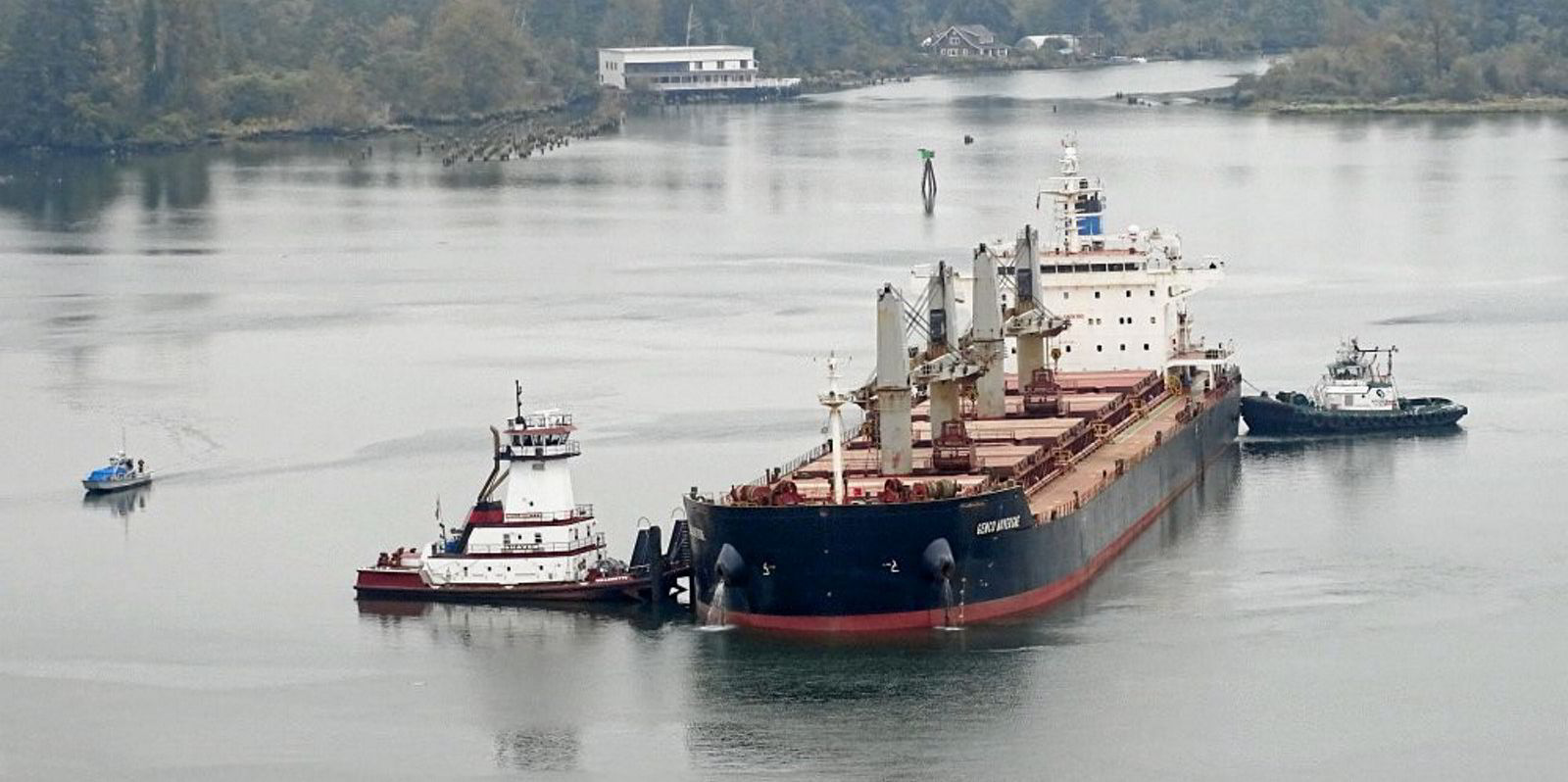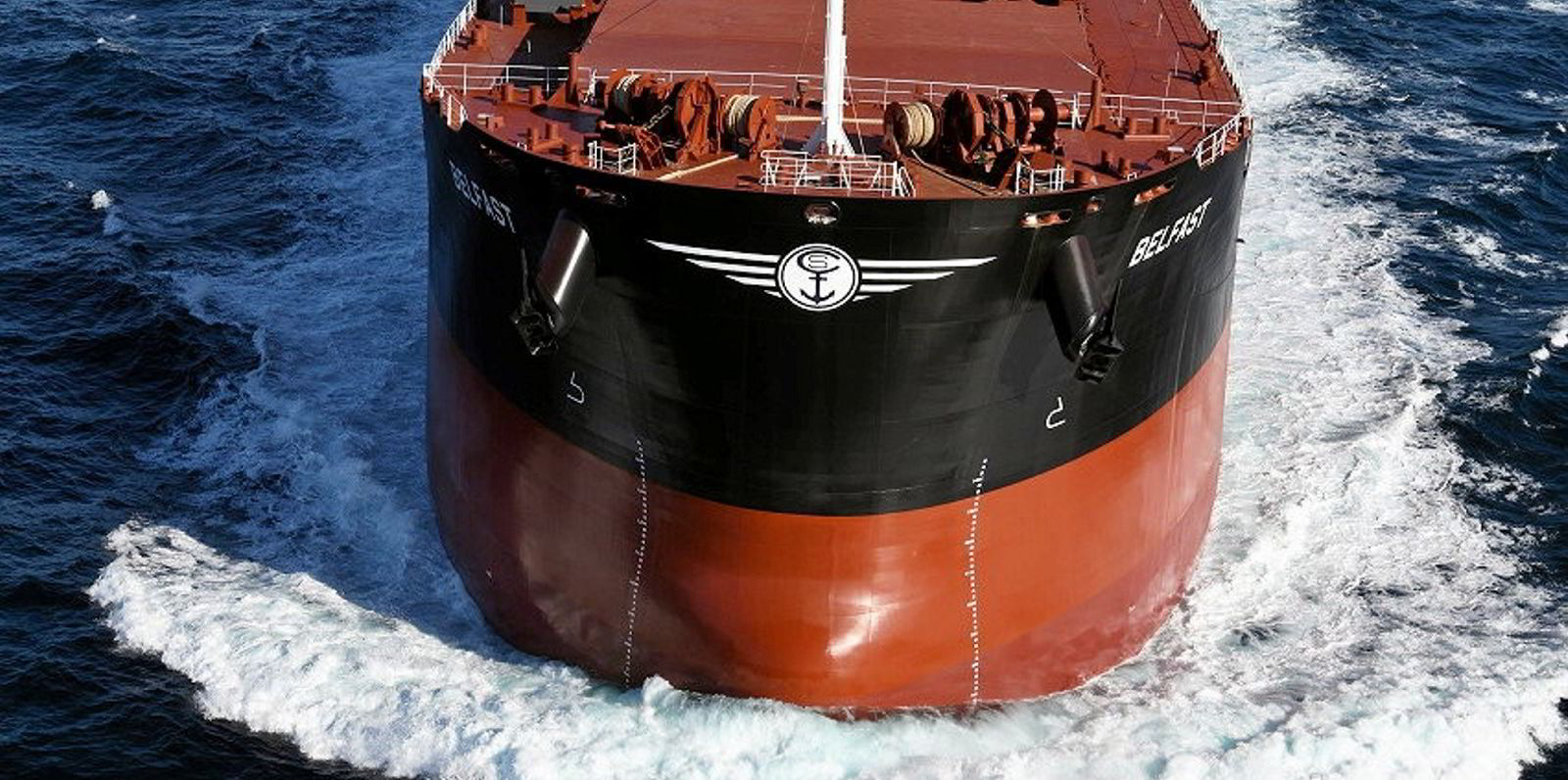Spot rates for supramax and handysize bulkers hit new highs on Monday as capesizes and panamaxes headed downward.
The supramax 10TC, a spot-rate average weighted across 10 routes, edged up 0.8% from Friday to $31,073 per day, continuing a mostly steady climb from $19,514 per day on 13 April.
The handysize 7TC inched up 1.4% to $25,510 per day, exceeding 15 April's bottom of $17,988 per day by 41.8%.
"They continue to climb on limited ship availability coupled with rising demand for grains and minor bulks," Jefferies analyst Randy Giveans told TradeWinds.
Meanwhile, the capesize 5TC lost 1.9% from Friday to land at $32,785 per day on Monday, according to the Baltic Exchange.
The panamax 5TC also slipped, declining 1.1% to $31,544 per day.
Analysts noted that the outlook for the bigger ships is dampened by inflation fears.
The US Federal Reserve on Wednesday forecast a 3.4% inflation hike, up from the 2.4% anticipated in March. It also signalled two rate hikes for 2023 instead of 2024 amid Covid-19 supply-chain disruption.
"Clearly, it is hard to fight the Fed as interest rate and inflation fears are widespread," Giveans said.
"That said, we continue to recommend buying our top shipping picks as they should outperform the broader markets, especially when the panic selling subsides."
He noted that dry bulk equities lost an average of 6% last week despite the improvement in spot rates.
Those headlines
"Last week’s results remind me of the first half of 2020 when shipping stocks followed the macro headlines regardless of the actual underlying fundamentals and rate movements," he said.
Noble Capital Markets analyst Poe Fratt said the fall in rates for the larger asset classes could be from China investigating spot trading and hoarding of iron ore.
"It's always hard to figure out the day-to-day or even intraday moves, but I think that the moves are more related to China trying to dampen inflation, including commodity prices," he told TradeWinds.
"The Fed's possible moves are more longer-term but the eventual shift is a concern, especially if higher interest rates negatively impact economic growth."
Dry bulk shipping is still in the shoulder season before the typical third-quarter ramp-up that usually boosts spot rates.
"We still think that will happen this year," he said.
Giveans said China's crackdown on “malicious commodity trading” and focus on commodity prices are also causing the larger-asset paper market to fall by stoking market uncertainty.
Freight-forward agreement rates for every month to the end of October declined on Monday.







